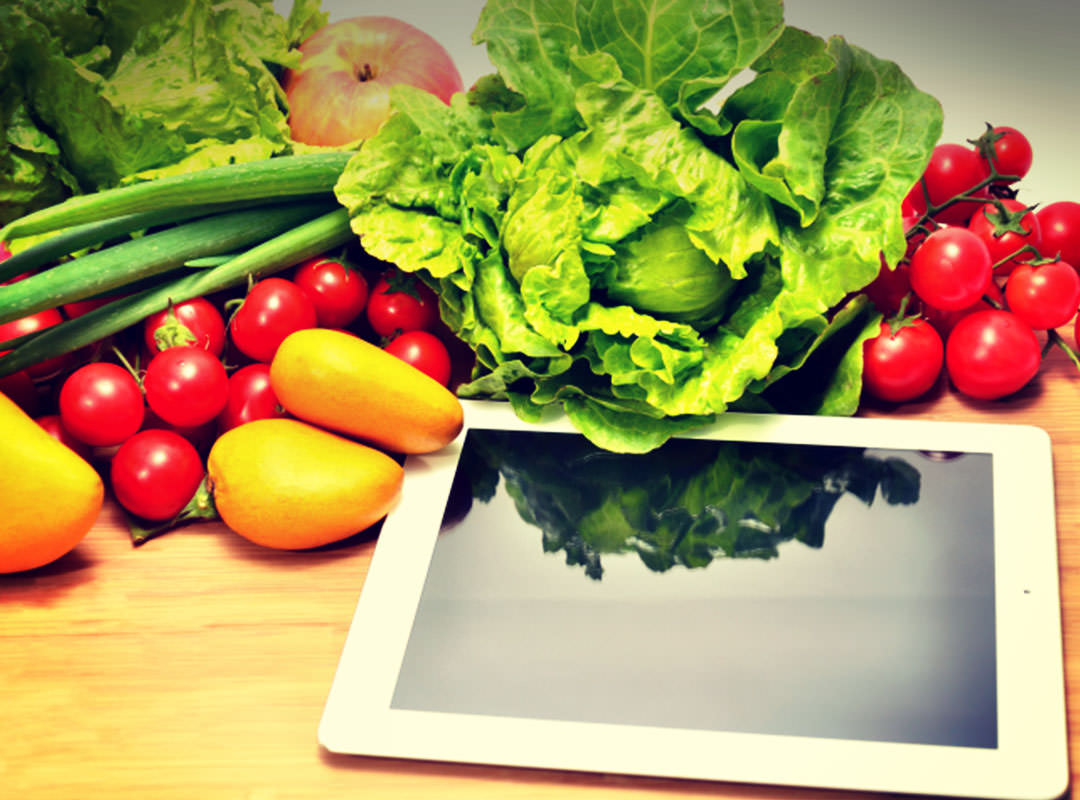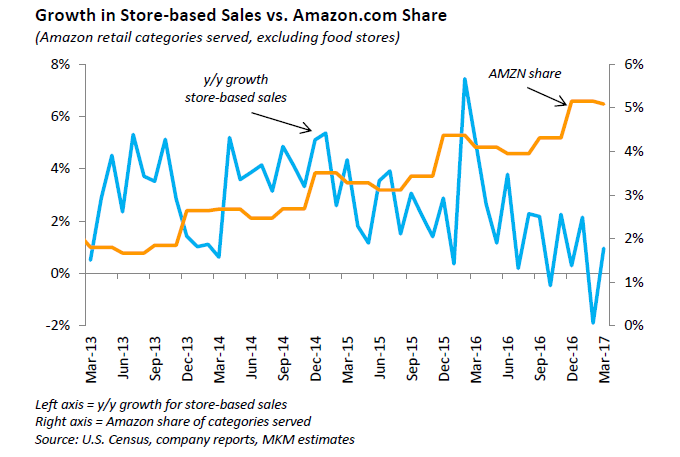Online Sales Grow to $1 Trillion in 2016
A recent report by Internet Retailer found that worldwide sales from online marketplaces surpassed $1 trillion in 2016. Huge corporations are battling it out for a piece of the pie, and consumers seem more than happy to continue the trend.
What do eleven Bill Gates clones, the GDP of Mexico, and last year’s worldwide sales from large online marketplaces have in common? They all have $1 trillion. That’s a massive, almost incomprehensible amount of money. To put it into further perspective, if you’d spent $1,000 every day since end of the last Ice Age, you wouldn’t even be halfway to spending a full trillion.
Nonetheless, we’ve managed to spend that much in one year on the 18 largest online marketplaces — the likes of Alibaba, Rakuten, and, of course, Amazon. According to Digital Commerce 360 and Internet Retailer’s study, the value of goods sold by those retailers reached $1.09 trillion at a growth rate of 21.5 percent. Not only that, but those numbers accounted for nearly half of all worldwide online sales.
This information tells us a couple things: first, that we’re without a doubt moving toward a world where most of our needs are met online via personal devices and efficient shipping. Second, larger and larger portions of this all-encompassing online market are being taken up by a relatively small number of powerful corporations. There are countless reasons that we’re gravitating toward this type of economy, but it starts with our rapidly evolving commercial preferences.
What We Want
Online shopping is growing and it’s taking no prisoners. As people flock to the Internet for their goods, businesses that can’t meet those needs are dying by the score. Malls are drying up, and major chains are laying off employees and closing stores one by one. Consumers just don’t need these places as much as they once did, and many business models that depend on people coming through the door aren’t successful enough to even tread water.
Retail is being hit the hardest, and it’s adapt or be left behind. Shoppers, especially younger ones, just don’t want to physically go out to buy products when they can be brought to us in the comfort of our home or office. It’s a natural transition, because retail shopping lends itself extremely well to ecommerce. Most goods don’t have an expiration date to worry about, and in most cases the orders are not extremely time-sensitive. Although, with the growing capabilities of two and even one day shipping, the delay factor when ordering online is quickly shrinking.
Because we’re getting better at shipping things faster and to more places, the shift to ecommerce is seeping from retail into other industries that were previously impervious. Grocery, in particular, is potentially the next domino to fall. Online produce is gaining popularity, especially in large cities where the population is densely packed.
 Image source: Brown Tape
Image source: Brown TapeEfficient delivery systems means that consumers can get all their groceries delivered to them only a couple of hours after they order, fresh and ready to go. If you’re given the option to get all the food you need on short notice and completely skip out on a trip to the grocery store, you might be thoroughly inclined to take that opportunity. Ecommerce has the potential to bring efficiency and ease of use to any industry where goods are sold to consumers–and it’s changing the very landscape of our economy.
While consumer demand is what’s driving the change that’s led us to our trillion dollar year, it’s only one side of the trend. On the supply side, businesses are doing everything they can to become a part of the new frontier of commerce.
Big Business in a Bigger Market
Another reason we’re seeing such huge numbers in online sales is that corporations are getting very good at claiming large swathes of online retail territory and meeting almost every retailing need a consumer could have. And while some are leery about how much data and power we’re giving these large companies, the reality is that most of us just really enjoy the convenience. In fact, we enjoy it so much we’ve embraced a holiday celebrating it.
Corporations like Walmart and especially Amazon make it difficult for smaller retailers to get in on the action, because they already possess enormous resources and brand recognition–plus, their networks are already well-established and have been for years. In a lot of cases, it’s easier to simply sell your goods via a service like Amazon Marketplace. Many people just habitually log onto Amazon right away if they’ve got a shopping spree in mind, and it can be very difficult for smaller independent sellers to draw potential buyers away.

Image source: CNBC
For large and small companies alike, the allure of taking your business to the internet is unmistakable. It enables you to reach an extremely large (worldwide) market, cut overhead costs from things like rent and utilities, plus it’s more consumer-friendly because you’re more accessible and aren’t limited by hours of operation.
Consumer demand and clear business advantages are combining to make the current economy a perfect storm for the ecommerce boom. The positives are far outweighing the negatives, and the fact that we now measure online revenue in the trillions of dollars only cements that further. So, what can we expect from ecommerce moving forward?
The Way Of The Future
Clearly, the ecommerce trend is an upward one. It likely won’t stop or slow down, either, as we become both more efficient and more dependent on the technology that is bringing us ever-closer to truly instant gratification. One thing you’ll be seeing a lot of in the near future is omnichannel retailing.
This means that most businesses will be reaching out to you through multiple avenues. We’re a long way from the actual obsolete of physical storefronts, so many businesses that own one are making the sensible choice to sell both through brick-and-mortar stores, and online through their website. Walmart’s pick up from store program is a fantastic example of an effective convergence of online and physical retail.

Image source: De Su Mama
As volume of sales increases, so will the amount of goods being delivered. That means many places, especially cities, are going to have to rely on alternative shipping methods to get their packages where they need to go. We already see frustrating traffic congestion around Christmas, and delivery in close quarters is no fun for anyone involved.
The use of drones, bikes, and other vehicles that don’t have to fight for road space will act as some much-needed logistical lubrication. Sooner than you think, you might find yourself waiting anxiously by your backyard landing pad for some airdropped instant stroganoff to satisfy that craving.
A perhaps lesser-known, but potentially tremendous benefit of a transition to ecommerce is the environmental benefit. It turns out that when lots of people don’t need to drive around and run errands, instead leaving the delivery to the professionals, we produce less air pollutants. It turns out delivery people are much more efficient at transporting goods than us average humans.
So, while it might strike some people as ominous that we’re getting our goods online via massive corporations that grow larger by the day, it appears as though moving from a brick-and-mortar economy is actually doing us a world of good. We’re lucky that it is, too–because when you pass the $1 trillion mark, you’re generally in for the long haul. In a world that is always striving to be faster, more technological, and more accessible, what’s happening with ecommerce is very indicative of where humanity is headed as a whole.
When it comes down to it, if shopping online saves me time, allows businesses to give me better prices, and even has a positive effect on the environment, you can sign me up.

